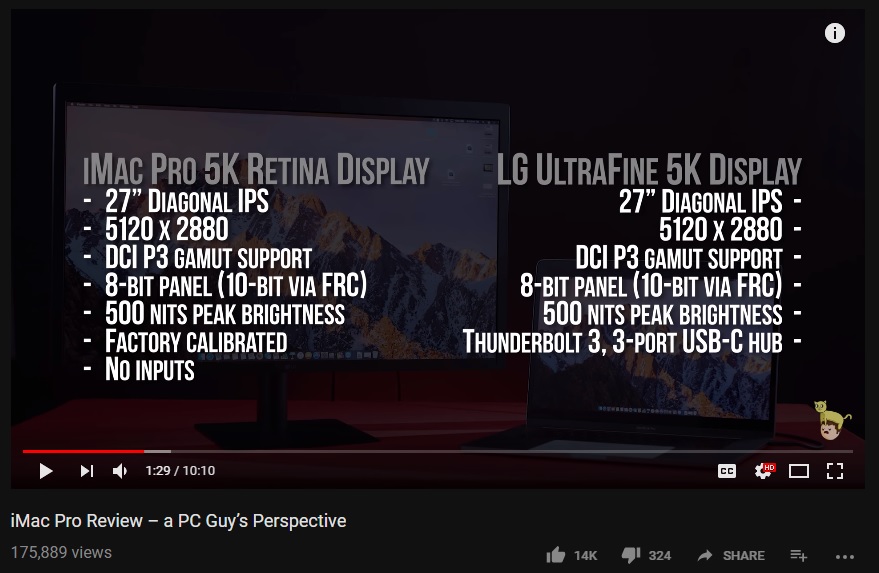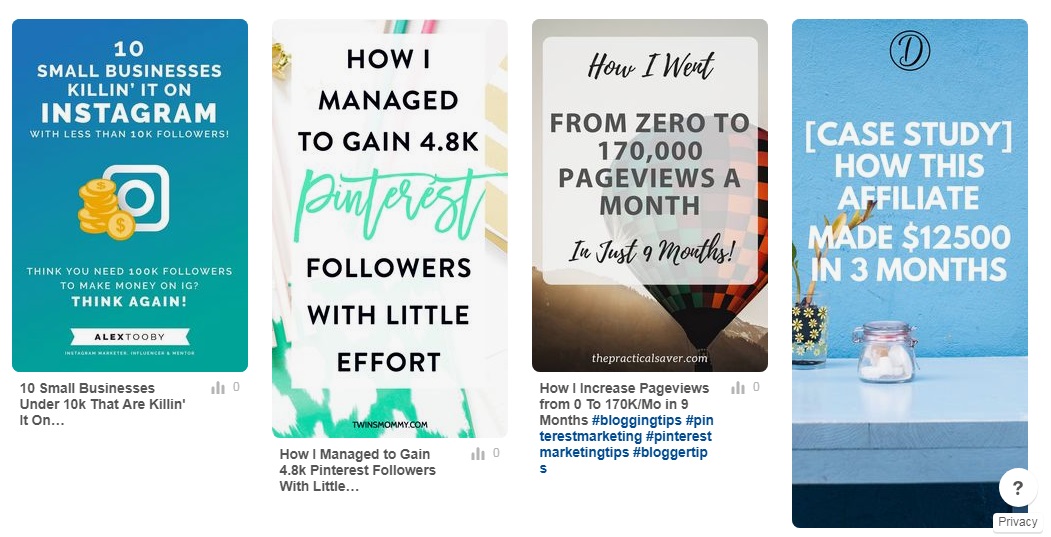Want the inside scoop on the proven lead generating content types used by successful content marketers?
The reason we create content, as affiliate marketers, is to drive search and social traffic to our affiliate offers – plain and simple. Yes, we want to educate and entertain our readership but, at the end of the day, content transforms as a means to an end.
This brings up a surprising dilemma.
We work our tails off creating great content on a daily basis, we invest so much of our time into media support, and nearly break our hands sharing it across the Web … but it’s not doing much more than boosting our traffic numbers.
The problem, in this situation, is that the content fails to convert.
What we really want in our content effort is to turn those would be visitors into hungry leads – the type of people ready and willing to purchase the products and services we have to offer.
This means one thing: a complete shift in the type of content we produce.

#1: In-Depth Reviews
People frequently use the Web for research when it comes to purchasing products. Individuals seek differences in cost, quality, manufacturer, and more.
However, it’s very possible that a product may be offered by dozens (if not hundreds) of other online retailers which throws a wrench in the research process.
On top of it all, our global market allows any number of competitor products to find its way in front of the consumer which now makes for a very difficult time sorting through all there is to offer; the consumer now becomes frustrated during the process and finds reliance on reviews to guide them to a logical, valuable decision for their purchase.

A product review is perfect for lead generation since you target the very questions one has to seek when making the buying decision. Your coverage of a product, in great detail, will allow the visitor a realistic glimpse at what the product has to offer without risking their investment.
The product review also lets the visitor see what the product brings to the table that the manufacturer may have failed to mention such as how it feels and affects the life of its owner.
Here’s why reviews are your go-to, proven content types:
You’re offering your time and money to review a product people seek to save them on these same elements – doing so could lead to your review convincing the visitor to make the decision and purchase the product – aimed right and your links may be the one that leads to the final product page in which you gain the commission.
#2: White Papers
Research and development are two areas of an industry that not every business can afford to pursue on their own due to budgets. White papers, conducted properly, can give industry professionals an expert glimpse into any in-demand topic which may change the entire way they do business.
For example: white papers about the state of ecommerce and what the major companies have done to improve their standings.
The offering of a white paper as an industry report may be the defining piece of content that could result in lucrative B2B leads. Releasing the white paper for free (upon an email or phone call inquiry) can instantly give you qualified leads for your business since this type of content is not something someone on a consumer level would seek.
Using this proven content types for lead generation:
Pick one or two popular/in-demand topics from your industry, hire assistants to conduct research, compile the data, format, and publish. Share the work with fellow business professionals to generate an initial buzz. Collect contact information from those businesses.
You’ll have built a B2B list of those individuals that are willing to pay top dollar for products and services that will bring their business to industry levels (as they have discovered in the white paper).
#3: Case Studies
Similar to the format of white papers are case studies which generally focus on how your business (products, services, expertise) has lent aid to a client. However, this may also take on the form of the results of your recommendation and guidance when sharing your expertise about a particular affiliate product or service.
The case study allows Web searchers to gain a real-world understanding of what you have to offer which, in turn, creates trust and credit in your message. The individual can see how you have helped others with actual data and statistics so they could directly relate the benefit you may bring to their business (or project).

Why case studies are a proven content types:
There is a mentality one finds when reading case studies (much like reviews) where they project their being as the one benefiting from what they have read. They picture the same success as if it were to happen to them.
This sense of accomplishment and success pushes the individual to get in touch with the business behind the work and seek guidance (which may be as simple as a product recommendation or working personally with a business while suggesting products/services in tandem to your teaching/consulting).
#4: Freemiums
People love free; it’s a word that jumps out because it’s displayed all over stores and used in advertising. We, consumers, immediately understand what free means and we want it even if we don’t need it.
The same can be said about free information, on the Web.
Those with websites and social accounts can easily publish and share their expertise and opinion but there is so much noise that it’s difficult to know what’s legitimate and what’s fluff.

The freemium comes into play because it gives the perception that it’s worth actual money and should come at a cost … but it’s still free. You see this employed in many different ways in online marketing such as an ecourse, ebook, video series, webinar, and more.
People want that valuable information and they’re willing to trade personal information to get their hands on it.
Why freemiums are a proven content types:
A freemium sets up a small barrier for the individual.
Articles, posts, and updates can be readily found so it’s easy to drop in and get what you want but freemiums have a requirement of an email opt-in, social share, or phone call to receive the item. Those that take this extra step have essentially “voted” that they’re willing to hear your message in exchange for the valuable piece of content.
It’s essentially building a list of buyer’s that haven’t handed over money … yet.
#5: Comparisons
The use of comparisons (aka. a versus post) which pit two products or services against one another in an all-out showdown. This form of lead generation, with content, plays along the same lines as it does with product/service reviews with the exception that you’re killing two birds with one stone.
A comparison post can completely maximize multiple pieces of content.
You could create individual reviews of each product you plan to compare to capture those loyal to a brand. But, then the comparison comes into action — an individual is on the fence between benefits and features.
For example: Look at the pricing tables you find on web hosting providers – they will share various features and benefits of the different tiered plans they have to offer so you don’t have to hunt down this information which may be scattered across a competitors website. In fact, AffiliatePrograms.com compares many affiliate marketing programs and networks which lend aid to those seeking to get their start in the business.
This is why comparisons are proven content types:
As already noted – – it saves the individual time and energy from having to hunt down multiple reviews – everything is in one place. The differences in the pricing, quality, design, features, benefits, and other product elements are pit against the other so the consumer’s mind can easily digest and understand the differences. All of this lets them jump the conclusion in a timely manner and helps them overcome buyer’s remorse if they discover a comparable product they had preferred at a later date.
#6: What [Person] Got Wrong about [Subject]
Controversy will draw the eyeballs especially if you’re taking a stance against a well-known individual in your marketplace.
There are many angles to go on this:
- Point out a factual mistake they’ve made
- Use your personal opinion to share the alternative
- Go after their reputation
Using factual information is your best option for creating these types of posts. People can’t say no to hard, proven facts – especially if they’ve been misrepresented by the other individual.
The other route would be through your personal experience and opinion. Just because they felt one way about a product/service doesn’t mean everyone else shares that enthusiasm. You may pick up those fringe readers that have been skeptical about the individual.
One last method, which you should use sparingly because it can backfire, is to attack the individual. Not in a slanderous way but by pointing out past faults and criticisms. You may dig up information that contradicts their current stance on a topic they’ve presented. If there is a pattern then you can show people that something might be a little off. This raises questions and will get the conversation started.
#7: Income Report: [Month] [Year]
We hear that bloggers and business owners are doing well with their work but how do we really know unless they’re transparent about its operations, finances, and income?
There are many individuals willing to post fake income reports just to build an audience and sell products – it’s a dupe and it’s very unethical.
But … if you were to present real screenshots, show your methods, and keep providing these insights each and every month you can draw people in simply based on their inquisitive nature of seeing you succeed because – in some way – when you succeed they feel they succeed.
Not only will an income report help build your credibility and authority but you can use the posts to reinforce your tactics. The readers see what’s working for you and are willing to give it a try. Often you’ll have paired with an affiliate product in your tutorials which means you’ll increase conversions.
—
Consider integrating each of the lead generating content types within your marketing strategy.
Branch each of the types into a dozen or more publications, and keep working them into your content schedule between the everyday posts.
Doing so will greatly improve your lead generation and will have you reaching a whole new level in business.




